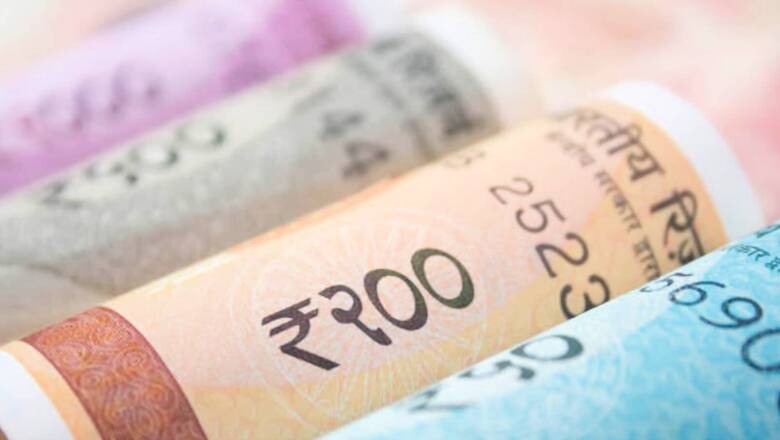
views
If Indian billionaires are taxed ‘once’ at 2 per cent on their entire wealth, the government can receive funding support for their nutrition program for ‘the next three years’. Moreover, during the Covid pandemic, the number of billionaires in India increased. With 102 in 2020 to 166 in 2022, the combined wealth of India’s 100 richest has touched USD 660 billion and can fund the entire Union Budget for more than 18 months.
A report titled, Survival of the Richest, was published by Oxfam International, a rights group. Oxfam International unveiled the report on the opening day of the Word Economic Forum. It showed that the ‘richest 1%’ in India own more than 40% of the country’s total wealth on the other hand the situation is gloomy where the bottom half of the population ‘together’ share just 3% of the wealth. Mentioning a case study from the revenue rates of Gautam Adani’s firm, a one-off tax on unrealized gains from 2017–2021 can raise ₹1.79 lakh crore. This amount has the potential to employ more than five million Indian primary school teachers for a year.
A one-time tax of 5% on the 10 richest billionaires in the country is more than 1.5 times the funds estimated by the Health and Family Welfare Ministry and the Ministry of Ayush for the year 2022-23. Regarding gender inequality, the survey noted that women only made 63 bucks for every rupee a man-made.
The gap is even more pronounced for Scheduled Castes and rural workers; between 2018 and 2019, the former earned 55% of what the privileged socioeconomic groups did, while the latter earned only 50% of what urban workers did. While government sources like NSS, Union budget documents, parliamentary questions, and so on have been utilised to support claims made throughout the research, secondary sources like Forbes and Credit Suisse have been used to examine wealth inequality and billionaire wealth in the nation.
To stop crisis profiteering, it also urged the Union finance minister to enact one-time solidarity wealth taxes and windfall taxes. It also demanded a permanent increase in taxes on the richest 1%, with a focus on capital gains, which are currently taxed at a lower rate than other types of income.
Read all the Latest Business News here




















Comments
0 comment